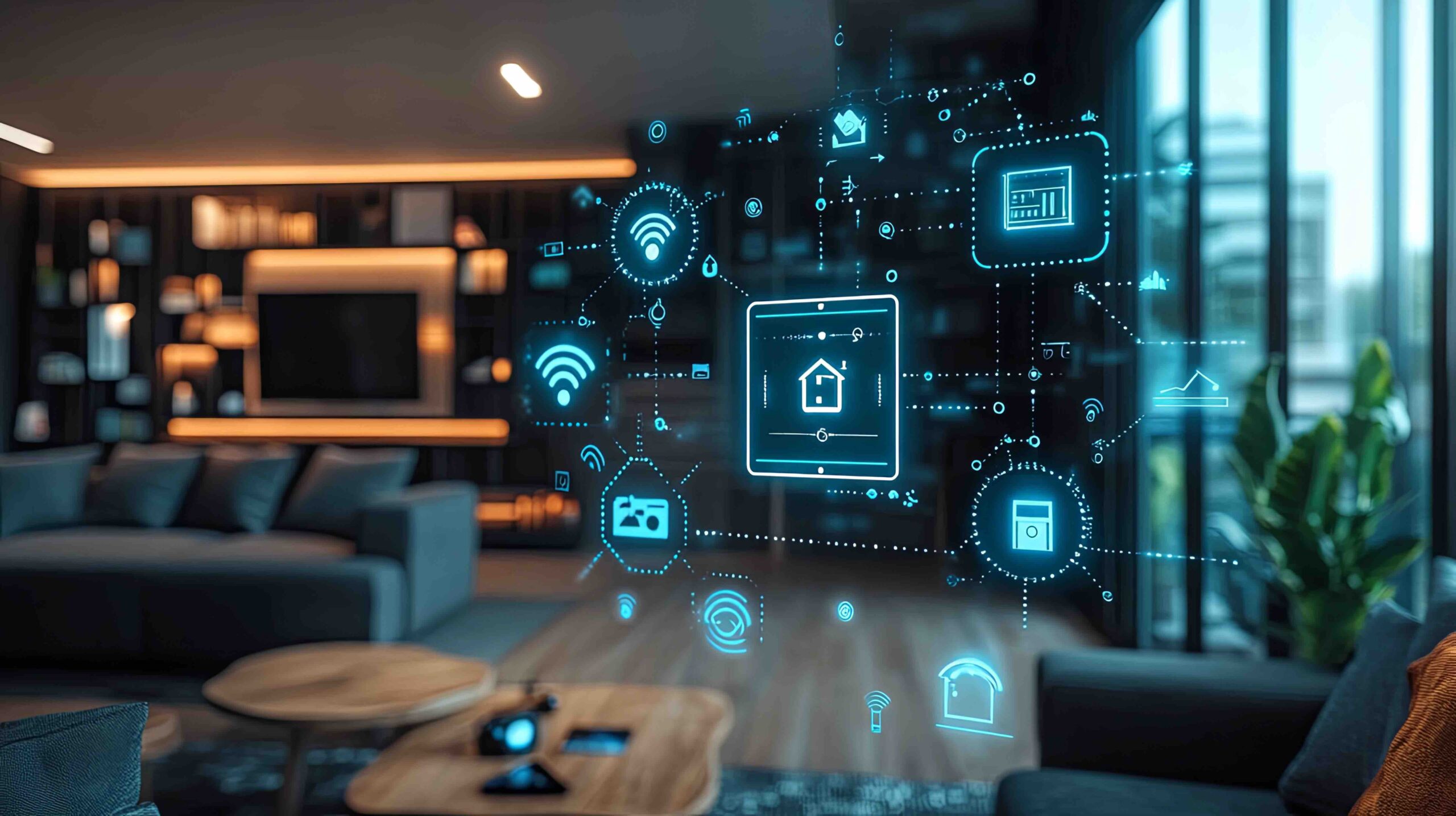The Internet of Things (IoT) has transformed how we interact with technology, connecting billions of devices across homes, industries, cities, and supply chains. Yet, the more connected devices we add, the greater the strain on traditional cloud infrastructures. This is where edge computing comes in a shift that brings computation closer to where data is generated, unlocking new levels of speed, efficiency, and intelligence in IoT systems.
What is Edge Computing?
Edge computing processes data at or near the “edge” of the network closer to the devices, sensors, or applications generating it rather than relying solely on distant cloud servers. This reduces latency, optimizes bandwidth use, and allows faster decision-making.
Why Edge Matters in IoT
IoT systems generate massive volumes of real-time data, from smart thermostats and connected cars to industrial machinery and medical devices. Sending all that data to the cloud for processing creates bottlenecks and delays. For many applications, milliseconds matter whether it’s an autonomous vehicle braking to avoid a collision or a factory sensor detecting a machine fault.
By shifting computation to the edge, IoT becomes more responsive, reliable, and scalable.
Key Benefits of Edge Computing in IoT
- Reduced Latency
Critical IoT applications like autonomous vehicles, robotic surgery, or industrial automation—cannot afford delays. Edge computing ensures immediate data processing, enabling real-time decision-making. - Efficient Bandwidth Use
Not all IoT data needs to be sent to the cloud. Edge computing filters and processes data locally, transmitting only what is necessary. This reduces network congestion and lowers costs. - Enhanced Reliability
In environments with limited or unstable internet connectivity, edge computing ensures IoT devices can function independently without relying on constant cloud access. - Improved Security and Privacy
Processing data closer to its source can reduce risks associated with transmitting sensitive information across networks. With the right safeguards, edge computing adds an extra layer of protection. - Scalability
As IoT ecosystems grow to billions of devices, central cloud infrastructures alone cannot handle the load. Edge computing makes scaling more feasible by distributing workloads.
Real-World Applications
- Smart Cities: Edge-enabled traffic systems can manage congestion in real time.
- Healthcare: Wearables and connected devices can monitor patients continuously and trigger alerts without delay.
- Manufacturing: Predictive maintenance systems can detect machine anomalies instantly to prevent downtime.
- Retail: Smart shelves and in-store sensors provide real-time inventory insights and personalized customer experiences.
- Agriculture: Sensors at the edge optimize irrigation and crop monitoring without requiring constant cloud connectivity.
The Future of Edge and IoT
Edge computing does not replace the cloud it complements it. The cloud remains essential for large-scale data storage, analytics, and system integration. But as IoT adoption accelerates, the edge will become critical for real-time responsiveness, efficiency, and intelligence.
The convergence of edge computing, AI, and 5G will further amplify IoT’s potential, enabling smarter cities, faster supply chains, and more adaptive industries.
The Internet of Things is only as powerful as the infrastructure supporting it. By bringing intelligence closer to devices, edge computing is turning IoT from a network of connected things into a dynamic system of real-time decision-makers reshaping industries and everyday life in the process.
Read more on Crenov8:
Internet of Things (IoT) is set to be the next technology revolution
Quantum Computing: The Next Frontier in Technology
5G Revolution: How Faster Internet Will Transform Industries






